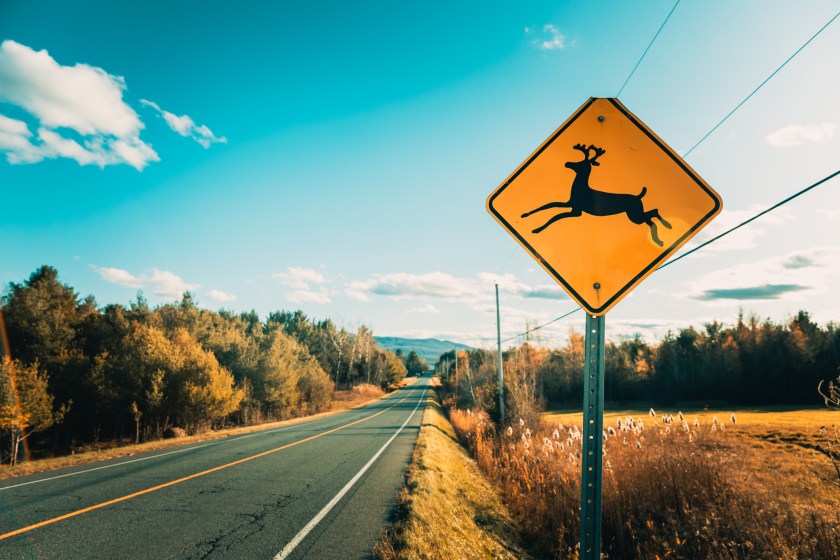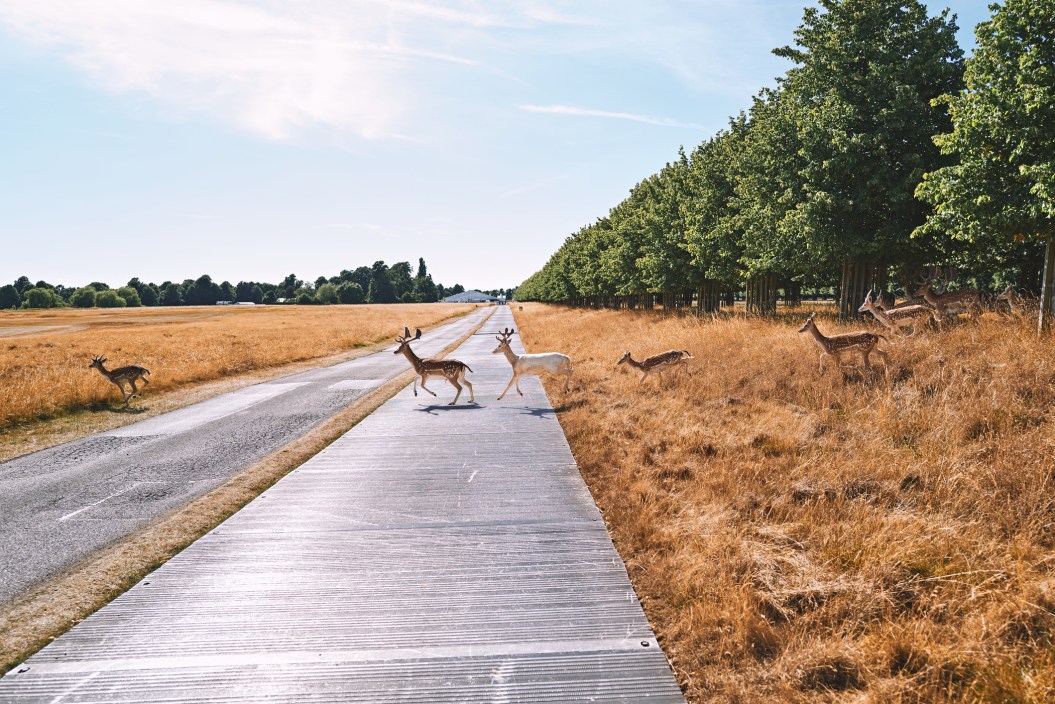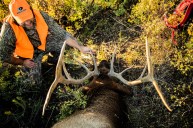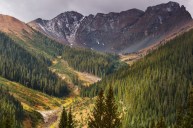The U.S. Department of Transportation recently announced a unique federal program that will provide $110 million in grants to fund 19 wildlife crossing projects across the country—the first of five years-worth of projects in which the USDOT will invest a total of $350 million into the Wildlife Crossing Program. The goal of the program: Improve public safety by reducing the number of wildlife-vehicle collisions along high-pressure corridors.
USDOT plans to do that by implementing a sweeping variety of projects (19 total across 17 states, including the lands of four Indian Tribes), including building new highway overpasses and underpasses, installing fencing along busy roadways, and other research-based public safety projects. Each is meant to enhance habitats for native wildlife while making the highways safer for humans as well.
Agencies are acting to not only improve wildlife connectivity and save lives, but moreover to reduce the risk of wildlife-vehicle collisions—which currently cost Americans over $10 billion annually.
Other countries have successfully utilized animal crossings to reduce wildlife-vehicle collisions, including Australia, Brazil, and Canada, to name a few. In fact, one study reports animal crossing in Banff, Canada, has reduced the costs of collisions there by 90%, or about $100,000.
These projects come at an opportune time, as wildlife mortalities due to vehicle collisions have increased four-fold, from 3% to 12% of total mortality over the past fifty years, according to another study.

Getty, CGShutter
Secretary of Transportation Pete Buttigieg told Outdoor Life that these improvements to the nation's roadways will make an immediate difference to the people who frequent these stretches of highway.
"I think for a lot of folks driving in cities this seems like an exotic or even a quaint concern, but as many rural residents know, this is an everyday issue," Buttigieg said. "The huge amount of damage caused by these crashes every year really demonstrates this is not a side issue or a luxury. This is a core safety issue that we need to address."
"If you can eat into a problem that costs the public $10 billion a year with a tiny fraction of that in terms of investment, that's a pretty good return," Buttigieg said. "So, even in a kind of cold, hard financial sense, I think these efforts are going to prove themselves."
There are 21 threatened and endangered species in the United States whose survival is threatened by road mortalities, National Geographic reported. Among those species are red-bellied turtles in Alabama, Key deer in Florida, bighorn sheep in California.
Earlier this year the USDOT announced a similar infrastructure program that focuses on improving many of the outdated culverts that run underneath U.S. roads. The $196 million that is designated for that program will parallels this one: it will improve both the habitat of wildlife while making public roadways safer for the humans that use them. Buttigieg views the new programs as complimentary and crucial.
"I did not realize coming into this job that I would spend nearly as much time as I have learning about anadromous fish, mountain lions, and elk migrations," he said. "But it's something of deep human, economic, and safety importance, and it has great importance from a conservation perspective as well."
READ MORE: Salmon Fishery Disasters Declared Across the United States




